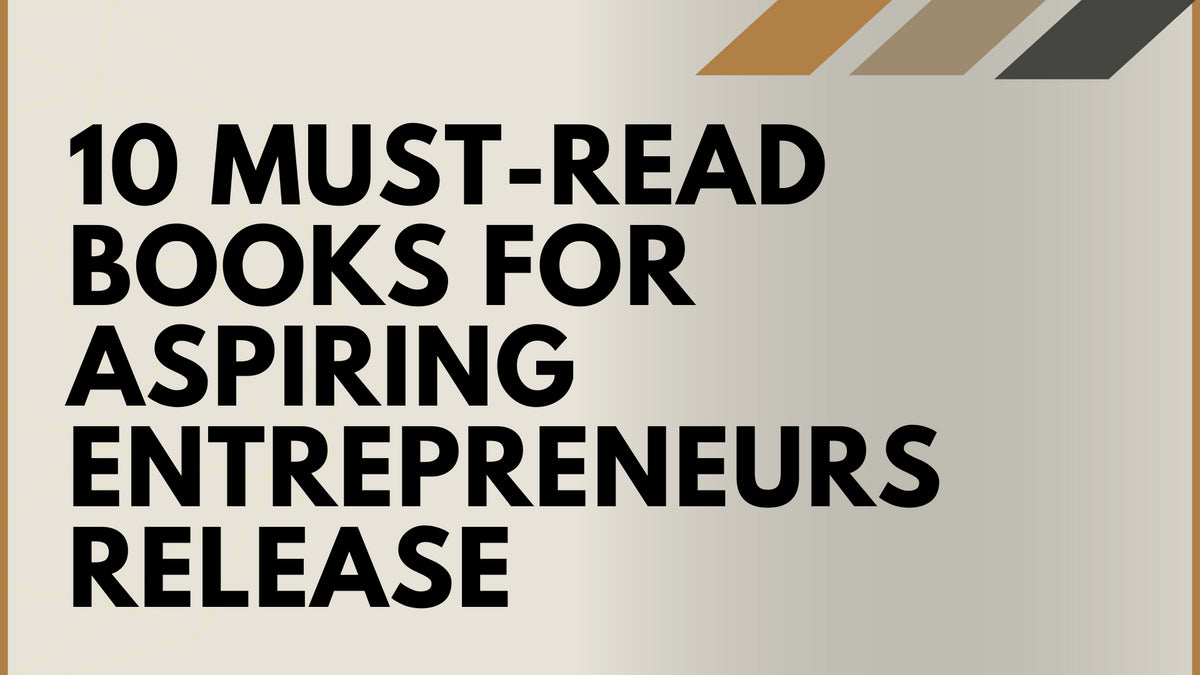Your Cart is Empty
Give ‘Em The Pickle! Book Summary: Keep Customers Coming Back
Listen To This Article
Instead of chasing money, a business owner should always first concentrate on serving customers with excellence, and the money will follow. The “pickle” refers to whatever a customer wants or needs to feel satisfied. The goal of managers and employees should be to deliver the pickle with a smile. The ability to deliver quality customer service is at the heart of business success. The challenge is discovering the pickle that makes a customer happy and then figuring out how to deliver it. There are four main points discussed concerning the things great companies and successful employees do: service, attitude, consistency and teamwork.
You’ll Learn Ways To Improve Customer Service Experience
-
Importance of caring for employees because they are the people who make a business successful
-
The role and behaviors of a good manager
-
Why making a good first impression on each customer is so important
-
How to develop loyal customers who repeatedly return
-
Importance of paying attention to the details of customer service
-
The “pickle story” that led to the Farrell model of customer service
-
How the pickle philosophy was implemented and evolved in Farrell’s Ice Cream Parlour
-
The four things great companies and successful employees do
-
The most important words a customer will say are, “I’ll be back!”

Featured In This Review
Give'em the Pickle!
$15.88
This book details the pursuit of hearing a customer say, “I will be back!” Cultivating loyal customers means figuring out what the “pickle” is and delivering it with five-star customer service and a smile.
SHOP NOWGive ‘Em The Pickle! Book Summary
InGive Em’ the Pickle, Robert Farrell offers a new perspective on “the customer is always right.” In his version, it becomes you want to hear each customer say, “I’ll be back” because that is proof of a satisfied customer. The unusual title came from an actual experience in which a customer wanted a pickle slice and was refused. Having learned early in life from his mother that people work for the customer and not themselves, Farrell used the experience to develop a model of high-quality customer services. In this model,customers are actually treated like the boss, rather than a business making empty claims it delivers great customer service. Themanager and employees must know exactly what the customer wants in order to succeed, a similar topic covered in the bookCompeting Against Luck.

Early in the book, Farrell offers simple but valuable advice to businesses. Though some of it may seem obvious at first glance, the reality is many businesses fail at customer service and end up going out of business as a result. The simple advice begins with owning the value of customer service and making surethe customer is the bossevery day. The next point is thatevery worker in every position from the highest to the lowest level must believe the customer is the boss. Successful teamwork means the whole team is focused on the objective of taking care of the customer. In the bookThe No Asshole Rule, the destructiveness of negative uncooperative employees on a business is addressed. Difficult employees who refuse to be good team members can drag down the whole workforce. So it is not surprising that Farrell discusses the critical role a manager plays in hiring right and helping employees look out for each other.

At the same time, the employees will only buy into the importance of caring for the customer when they feel cared for by the employer.Employees must know they matter. They will only know that when training is made a priority and employees feel good about their contributions to business success. Farrell’s advice is similar in many ways to the advice found in the bookBuilt to Sellwhich says employees need to be able to learn about products and services in order to successfully sell them. Employee training is critical to every business.Managers, on the other hand, must have non-negotiable standards, the ability to discipline when it is necessary to maintain standards, and a willingness to show appreciation and give recognition to the people who make a business successful. The goal is to create a business where the customer always wants to come back.
Want to buy a book review like this?
Click here to learn how to get your book reviewed!
Farrell compares good managers to winning coaches because both have similar qualities. John Wooden was one of the winningest coaches in college sports and much of the advice he gives in the bookWooden on Leadership is similar to Farrell’s advice.A good manager and good coach knows every player, has people placed in the right positions, recognizes ability, provides careful training, sets the attitude of the organization and remembers to show kindness. Good managers (and coaches) are also humble and give credit to their teams. Thevalue of teamwork can never be underestimated.

Farrell also advises senior managers to get out of their offices and walk around to really understand what people are doing and get their feedback and ideas on what can be done better. Farrell believesgood managers will sometimes bend rules when a situation calls for it and are flexible. He also points out that first impressions are critical.The first interaction between an employee and a customer is the one that sets the tone and should make the customer feel special. Make the customer like he or she is the boss. Managers would benefit from reading the iconic bookHow to Win Friends and Influence People.
Additional advice by Farrell is toconsistently give customers quality service every time they return, pay attention to details, remember the old adagethe customer is always right still remains true and fix mistakes rather than trying to excuse them. Each time a customer comes in contact with a business, it is a moment of truth. A large majority of customers quit a business because of an attitude of indifference on the part of a manager or employee.How employees think about customers makes a big difference in how they treat customers. But employees follow their lead, meaning managers must have high morale and job satisfaction first, a topic discussed in the bookQuiet Leadership.

The idea of giving a customer a pickle stems from a story in which a regular customer wanted one extra slice of pickle on his hamburger, and one time was told he would have to pay extra. He walked out and wrote a letter to Farrell about poor customer service. The “pickle” became a catchword for excellence in customer service by cheerfully giving customers more than they expect in order to create satisfaction.A pickle can be anything with meaning to the customer - generous assistance with something, accepting a product return, giving away a product or adding a single pickle slice to a hamburger. Of course,you have to discover what the pickle is for a customer and addressthe pickle. That is a similar premise in the bookThey Ask, You Answerwhich talks about addressing specific customer questions to promote customer engagement.
In summary, there are four things successful companies and employees do:
- Service - makesdelivering great service to others a number one priority
- Attitude - thinks about theirattitude towards customers which drives how customers are treated
- Consistency - developsconsistency in maintaining high service standards
- Teamwork - looks for ways tomake each other look good
At the end of the book there are some interesting additions. They includeThe Rules for Playing the Game of Life and a poem titledTrue Power. The poem personifies habit, an important quality for business owners, as long as it is a productive habit. As the poem says, “I’ve made all the great individuals who have ever been great. And I’ve made all the failures, too.” In the bookTools of Titans, the habits of many successful people are presented to show thatgood habits help people meet goals. Different people develop different habits, but it is important to be aware of the habits developed to ensure they are productive. There are more inspirational items at the end of the book.

Though this book is an easy read and not long compared to many books on leadership, Farrell fills each page with sound advice in an entertaining way. The message in this book is not new.The importance of delivering great customer service has long been known. What makes this book different is that it uses real world examples presented in an interesting way. It is a quick read, but the way the information is presented means you will not forget the message. Some leadership books are so lengthy and dry that it is difficult to retain the information. Many readers will realize at the end that they only now understand what truly good customer services means.
About the Author Robert Farrell
Born in 1927 in Brooklyn, New York, Robert E. Farrell grew up during one of the country’s worst periods – the 1929 stock market crash. He experienced tragedy when his father committed suicide, so it was his mother who had the biggest influence in his life. It was also his mother who taught him what he calls the greatest lesson he ever learned about retail sales – the customer is the boss. She was always assertive while shopping and often told sales clerks they were not working. They were there to serve the customer - her.
Thus the foundation of the bookGive Em’ the Pickle was formed. In 1946, Farrell joined the Air Force after dropping out of high school. After his service ended, he went back to earn a high school GED diploma and an Associate of Arts degree in business.Farrell landed a job at Heinz Foods and then moved to Libby Foods to become a salesman.
In 1951, he married Ramona Rod in Seattle, and moved to Oregon. There he persuaded his friend Ken McCarthy to partner with him and open the first Farrell's Ice Cream Parlour. As a business owner, he decided the customer would always be the boss. He chose to start an ice cream parlour after being treated poorly by a waiter at a high-end hotel restaurant when his family only ordered ice cream.
By 1973, there were 55 highly successful ice cream parlours, selling fantastic sundaes, candy, hamburgers and a lot more. The restaurants became famous for making children feel special on their birthday as the entire staff sang Happy Birthday and pounded drums and such. Farrell sold the chain to the Marriott Corporation which added 100 more stores. Remaining a spokesman, Farrell developed his motivational speech for delivery to new employees that he calledGive Em’ the Pickle. His speech was so popular that he became a highly sought after motivational speaker, presenting his customer service philosophy to employees across the country. Between 1973 and 2013, Farrell helped launch several restaurant chains. During his lifetime, Farrell appeared on numerous television talk shows and spoke to audiences in the U.S., Canada and Europe.
In 2002, Farrekk developed a video version of his speechGive Em’ the PICKLE! This was followed by a motivational video for managers that he titledThe Leadership Pickle! He also created the customer service training videoWhat’s Your Pickle? In 2009, Farrell assisted with the relaunch of Farrell’s Ice Cream Parlour Restaurants. There is a 20-minutePickle podcast with Bob Farrell available also.
Bob Farrell passed away in 2015.
Want to buy a book review like this?
Click here to learn how to get your book reviewed!
Bob Ferrell's Other Books
Leave a comment
Comments will be approved before showing up.
Also in Books

The Best Books for Google Analytics 4 (GA4) Training
Unlock the secrets of Google Analytics 4 with our curated list of the best GA4 training books for 2023! Dive deep into actionable insights, master advanced techniques, and lead the digital analytics revolution. Don't get left behind; discover the ultimate resources to dominate GA4. Click now to elevate your skills!
Read More
10 Must-Read Books for Aspiring Entrepreneurs
Do you dream of starting your own business? If so, you need to read this article! We've compiled a list of 10 must-read books for aspiring entrepreneurs. These books will provide you with the knowledge and inspiration you need to turn your dream into a reality. Click here to read the article and learn more!
Read More
Top 15 Books on Personal Finance
Are you looking for a safe and informative place to learn about personal finance? If so, you've come to the right place! This article discusses the top 15 personal finance books on the market, all of which are sure to help you improve your financial situation without any explicit sexual descriptions or that is sexually suggestive in nature or is primarily intended to cause arousal.
Read More
